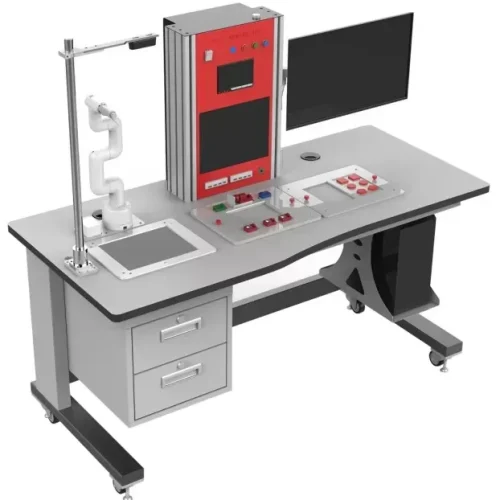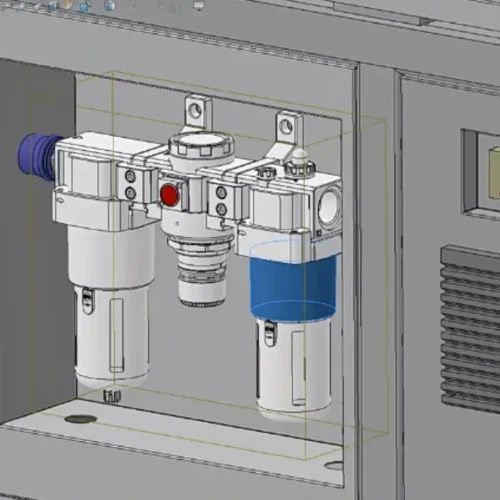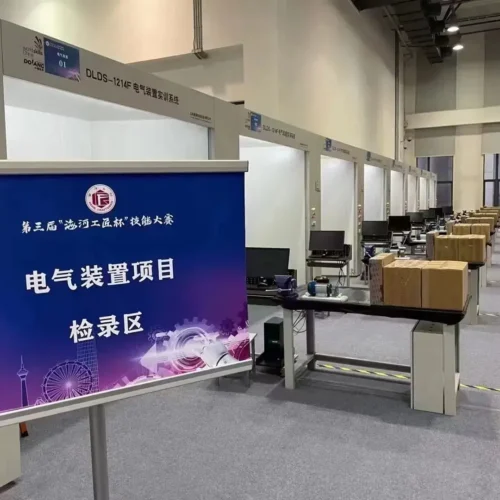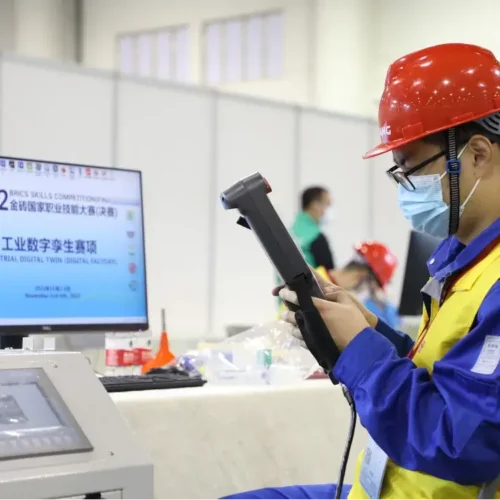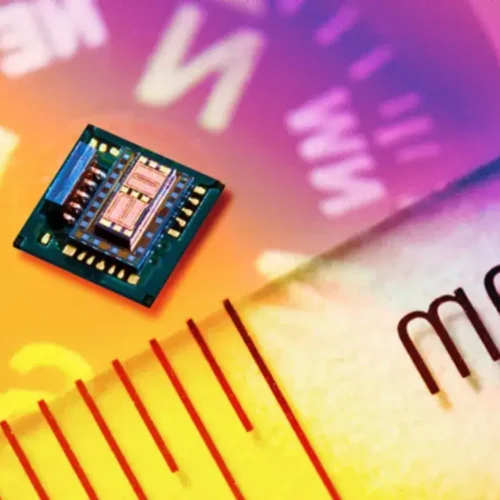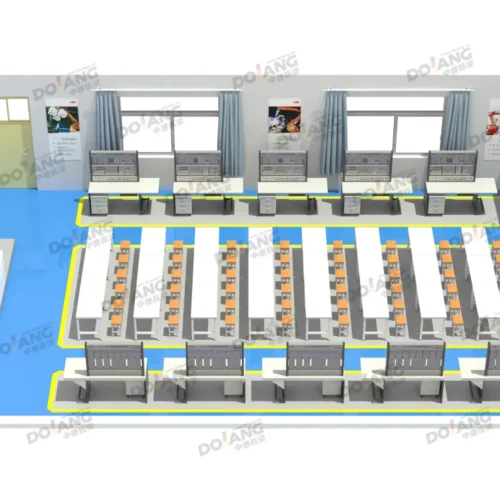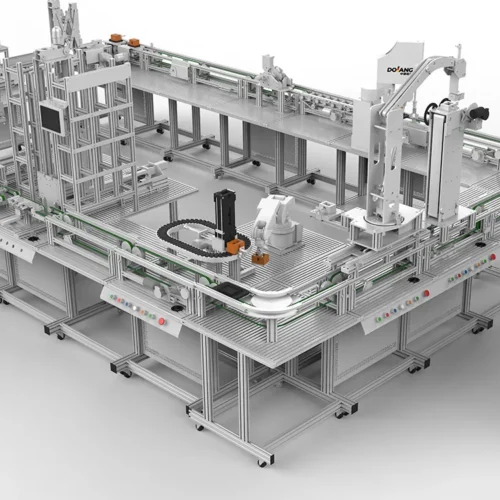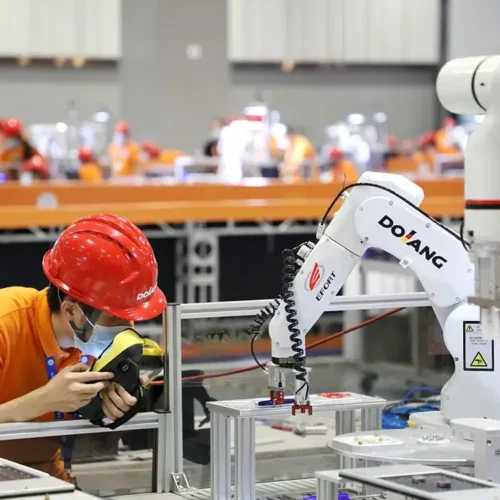Introduction
Digital Twin Technology has become a revolutionary concept in recent years. Moreover, this technology is also transforming industries and sectors. It also connects real-time data using sensors and IoT devices. This technology also helps organizations to improve operations, and make data-driven decisions.
This article provides an overview of Digital Twin Technology applications in different domains. Moreover, the article will also explore its impact and potential for the future. Digital Twins are important because they connect the physical and digital worlds.
Digital twin technology also allows us to track and analyze physical processes in real-time. Moreover, it provides a unique opportunity to track and forecast objects actions. This leads to better efficiency, less downtime, and improved decision-making.
Digital Twin Technology has also led to advancements in various fields. These include manufacturing, healthcare, aerospace, smart cities, energy, and agriculture. In addition, we will also go into the concept of what is digital twin technology?
What is digital twin technology?
Digital twin technology is the creation of a virtual model of a physical object, or processes. These processes work using data from sensors, simulations, and other sources. It also simulates different scenarios without affecting the actual system. In sectors including production, medicine, and transportation management, digital twin technologies are helpful.
Manufacturing and Industry 4.0

1. Enhancing Manufacturing Processes.
● Using Digital Twins for Process Optimization and Automation.
Manufacturers can generate virtual reproductions of their manufacturing operations due to digital twins. Replicas also help manufacturers to identify inefficiencies, optimize workflows, and automate repetitive tasks. Additionally, the technology also increases productivity and lowers costs, which improves productivity..
● Real-Time Monitoring and Predictive Maintenance in Manufacturing.
Connecting IoT devices with Digital Twins allows continuous monitoring of assets in real time. Analyzing sensor data might also help manufacturers foresee issues. This also decreases delay and assists in preventing costly malfunctions.
● Improving Product Quality and Reducing Production Errors.
Digital Twins aid in quality control and also simulates product performance. Moreover, this technology also helps to identify potential defects in the design phase. Manufacturers can also reduce errors in production and enhance quality.
2. Smart Factories and IoT Integration.
● Incorporating Digital Twins in Industry 4.0 Initiatives.
Industry 4.0 is about creating smart factories that use automation, data sharing, and the IoT. Digital Twins technologies are important in Industry 4.0. These technologies connect the physical and digital parts of manufacturing.
● Integration with IoT Devices for Data-Driven Decision-Making.
Digital Twins technology also makes it easy to connect IoT devices. As a result, it creates a huge amount of data in real time. Decision-makers can make better decisions by analyzing data. Creativity and economy are also increased due to digital twin technology.
● Case Studies of Successful Implementations in Smart Factories.
DLIM-DT01 Digital Twin Technology Training Workbench is a convincing Industry 4.0 application. This product also helps manufacturers incorporate Digital Twins into their operations. Moreover, the product also provides a complete training solution. The workbench offers training for engineers and operators to learn about Digital Twins.
Manufacturing companies can also use the DLIM-DT01 workbench to improve their production line. This improvement helps companies to handle complex assembly processes.
Engineers can improve the flow of work by creating a digital copy of their assembly line. This also helps engineers to identify bottlenecks.
The Digital Twin’s predictive maintenance capabilities helped them schedule maintenance . This also reduces unplanned downtime and saves on maintenance costs.
Aerospace and Aviation

1. Aircraft Design and Simulation.
● Virtual Prototyping and Testing through Digital Twin Models.
Digital Twin models help aerospace engineers to test aircraft components before making them. With this innovation, we can test things faster and with less physical output. The fast design-to-production cycle saves money and time for making new aircraft models.
● Accelerating the Design-to-Production Cycle for Aircraft Components.
Digital Twins refine aircraft designs by simulating component behavior in various scenarios. This technology also leads to lighter, more efficient, and safer aircraft.
● Ensuring Safety and Performance Improvements through Simulations.
Digital Twins allow for detailed simulations of aircraft operations. These operations include simulating flight dynamics, structural integrity, and system performance. Simulations are also important for safety and performance improvements.
2. Predictive Maintenance in Aviation
● Prognostic Capabilities of Digital Twins for Aircraft Maintenance.
Digital Twins with advanced analytics can predict aircraft component conditions. This prediction also helps airlines address maintenance needs, and avoid disruptions.
● Reducing Unplanned Downtime and Optimizing Maintenance Schedules.
To enhance operation plans, digital twins utilize current information from sensors in airplanes. As a result, this also ensures increased aircraft availability and minimizes downtime.
● Cost Savings and Improved Operational Efficiency in Aviation.
In the airline sector, digital twins also reduce the cost of unplanned maintenance. The increased efficiency also provides airlines an economic edge.
Healthcare and Biotechnology

1. Personalized Medicine.
● Creating Patient-Specific Digital Twins for Treatment Optimization.
Personalized medicine is becoming more popular with the use of digital twins technology. These virtual models also help to match each patient’s specific needs. Moreover, these models take into account a person’s specific physical traits and treatments.
● Simulating Drug Responses and Treatment Outcomes.
Digital twins help to simulate how a drug would work with a person’s body. This also helps to predict treatment results and reduce negative reactions.
● Advancing Precision Medicine through Digital Twins.
Patient-specific Digital Twins, and artificial intelligence work together to advance precision medicine. Digital twins technology also helps revolutionize healthcare. This combination brings about a new era in healthcare.
2. Medical Device Development.
● Virtual Testing and Validation of Medical Devices.
Digital Twins help medical device manufacturers test their products in different situations. These tests also allow manufacturers to simulate and confirm their products before making them. Moreover, this also speeds up development, making devices safer and more effective.
● Accelerating Regulatory Approval Processes through Simulations.
Virtual trials and simulations help also speed up regulatory approval for medical devices. This allows life-saving devices to reach patients faster.
● Improving Patient Safety and Product Reliability.
Digital twins are crucial for improving the dependability and safety of medical equipment. They also help reduce the chances of negative events and improve patient results.
Smart Cities and Urban Planning

1. Urban Infrastructure Management.
● Developing Digital Twins for Smart City Infrastructure.
Digital Twins allow cities to create virtual copies of their infrastructure. These infrastructures include buildings, roads, bridges, and utility networks. Virtual infrastructures help cities in managing and monitoring their physical assets.
● Efficient Monitoring and Maintenance of Critical Assets.
Digital Twins help city officials analyze real-time data to identify potential issues. These predictions also enable city officials to take proactive measures and prevent failures.
● Sustainable Urban Planning and Resource Management.
Digital Twins also contribute to sustainable urban planning by simulating urban growth and resources. Additionally, sustainable urban development assures resource efficiency and lessens environmental effects.
2. Urban Mobility and Traffic Optimization.
● Utilizing Digital Twins for Traffic Simulation and Congestion Reduction.
Digital Twins simulate traffic patterns and analyze congestion points. This also helps to optimize traffic management and reduce commute times.
● Integrating Public Transport Systems and Autonomous Vehicles.
Digital Twins with public transit and autonomous vehicles improve city transportation. This will make mobility smarter and enhance the transportation experience for citizens.
● Enhancing Overall Urban Mobility through Data-Driven Insights.
Digital Twins provide data-driven insights that help cities develop targeted policies. This leads to better urban mobility and reduced carbon emissions.
Systematic energy optimization
1. Optimizing Energy Systems.
● Digital Twins for Power Generation Management and Tracking.
Digital Twins helps to track and improve energy production systems. Power plants and alternative energy sources fall under this category. They also become more effective and their operating expenses are reduced.
● Improving Renewable Energy Integration and Grid Stability.
Digital Twins help with energy distribution and grid stability. They also simulate renewable energy sources and how they connect to the power grid. Digital Twins simulate the behavior of these sources. They also analyze how they interact with the grid.
● Energy Consumption Analysis for Efficiency Enhancement.
Digital Twins analyze energy consumption patterns in industries and buildings. They also identify opportunities for efficiency improvements and energy savings.
2. Predictive Maintenance in Utilities.
● Leveraging Digital Twins for Predictive Maintenance in Utility Infrastructure.
Utilities use Digital Twins to predict and prevent failures in important infrastructure. This prediction also helps to improve the reliability of their services.
● Reducing Downtime and Unplanned Outages in Critical Systems.
Digital Twins help utilities detect potential failures early. Moreover, early failures also allow utilities to do proactive maintenance. As a result, this reduces downtime and prevents disruptions.
● Case Studies of Successful Applications in the Energy Sector.
Oil refineries have started using digital twin technology to enhance their refining processes. These refineries also adjusted operational parameters using real-time simulations. This increased total efficiency by 15% and reduced waste.
There are many companies that are also focusing on digital twin technology. Digital twin technology companies specialize in creating digital replicas of physical objects. These copies are useful for a number of tasks, including simulation, evaluation, and management.
Agriculture and Environmental Sustainability

1. Precision Agriculture.
● Using Digital Twins for Crop Monitoring and Management.
Digital Twins help farmers track and analyze soil conditions, and optimize irrigation applications. As a result, this leads to higher yields and less resource waste.
● Precision Irrigation and Resource Optimization in Farming.
Digital Twins also help farmers conserve water and promote sustainable farming. Moreover, farmers can also get information about simulating water and resource usage. This information also allows them to implement precision irrigation practices.
● Advancing Sustainable Agriculture Practices through Simulations.
Digital Twins help farmers make better decisions for sustainable agriculture. They simulate different agricultural techniques and show how they affect soil health.
2. Environmental Monitoring and Conservation
● Developing Digital Twins for Environmental Monitoring Systems.
Digital Twins help also create advanced environmental monitoring systems. These systems assess air and water quality, wildlife populations, and climate change indicators.
● Analyzing Ecosystem Behavior and Climate Change Impacts.
Digital Twins also help scientists analyze complex ecosystem behavior. Scientists use them to model climate change impacts and create effective conservation strategies.
● Supporting Conservation Efforts and Ecological Restoration.
Digital Twins help with ecological restoration projects by simulating conservation efforts. This maintenance also decreases the damaging consequences of human operations on the environment.
Challenges and Future Perspectives
1. Addressing Challenges in Digital Twin Implementation.
Digital Twin implementation faces challenges in data privacy, cybersecurity, interoperability, and computational complexity. These challenges can hinder the realization of its vast potential. Organizations must address these challenges to harness the benefits of the technology.
2. Exploring Emerging Trends and Future Applications of Digital Twins.
New digital twin patterns are also appearing as technology proceeds to advance. Digital Twin Technology also improves the advancements in artificial intelligence. The advancement includes 5G connectivity, and quantum computing. Moreover, these advancements will also enhance applications capabilities and scope.
3. The Incredible Revolutionary Effect of Digital Twin Technology.
Digital Twins have also proven to be very promising in transforming industries and sectors. It also raises productivity, sustainability, and security. Moreover, technology is also developing and spreading throughout society. Digital twins technology also expects to have a profound impact on society.
Conclusion
Digital Twin Technology is a unique technique for industry to address challenges and develop.
It represents a big change in the industry’s work approach. Organizations create virtual replicas of physical systems. Virtual replicas help organizations to gain insights and predict outcomes. Digital twin technologies also lead to improved efficiency, and enhanced outcomes.
Digital Twin Technology has a wide range of applications in various industries. These industries include manufacturing, aerospace, healthcare, and smart cities. Digital Twin Technology is advancing, which will create a better world. It will make things more connected, efficient, and sustainable. Organizations must embrace Digital Twin Technology to thrive in the digital age.


